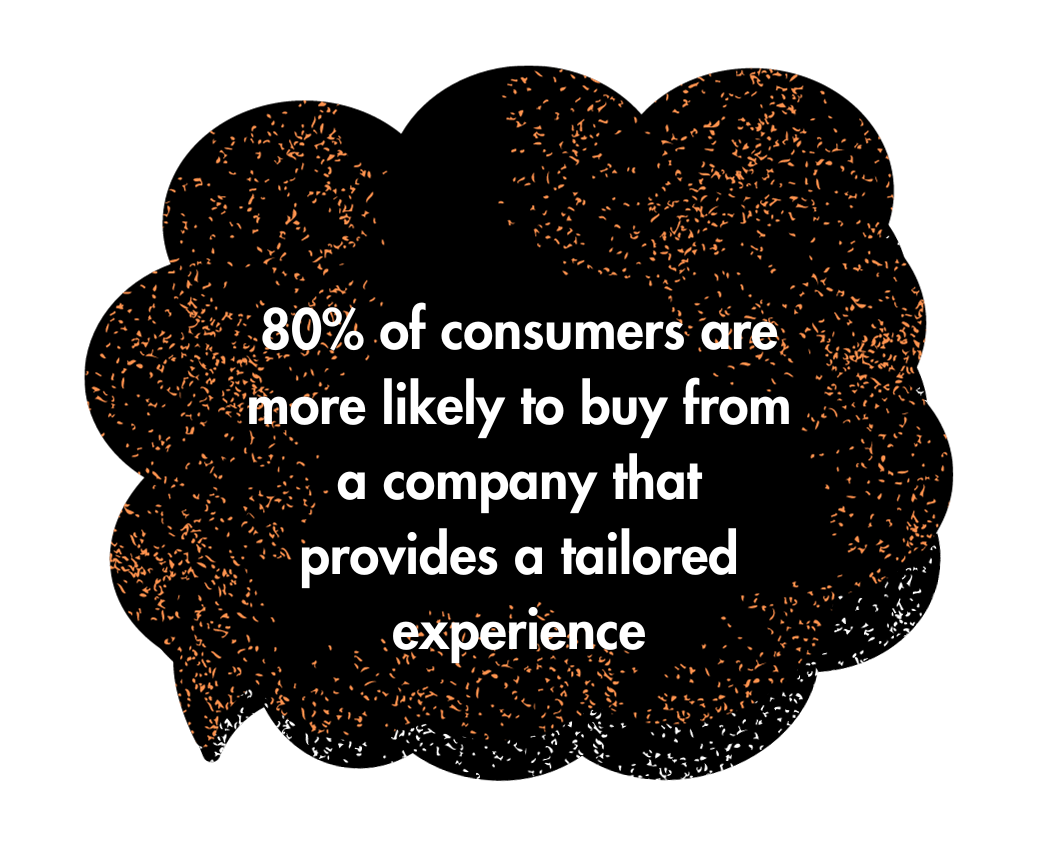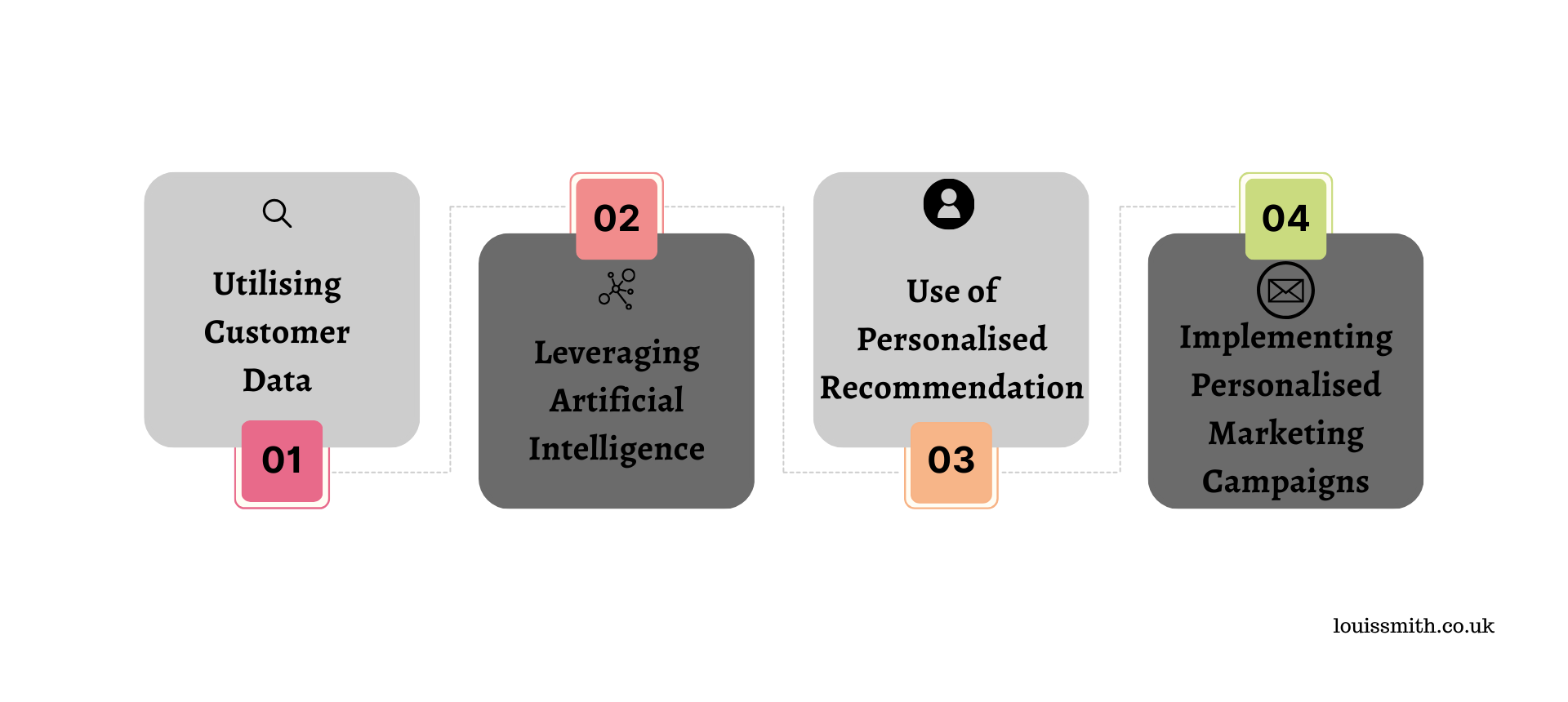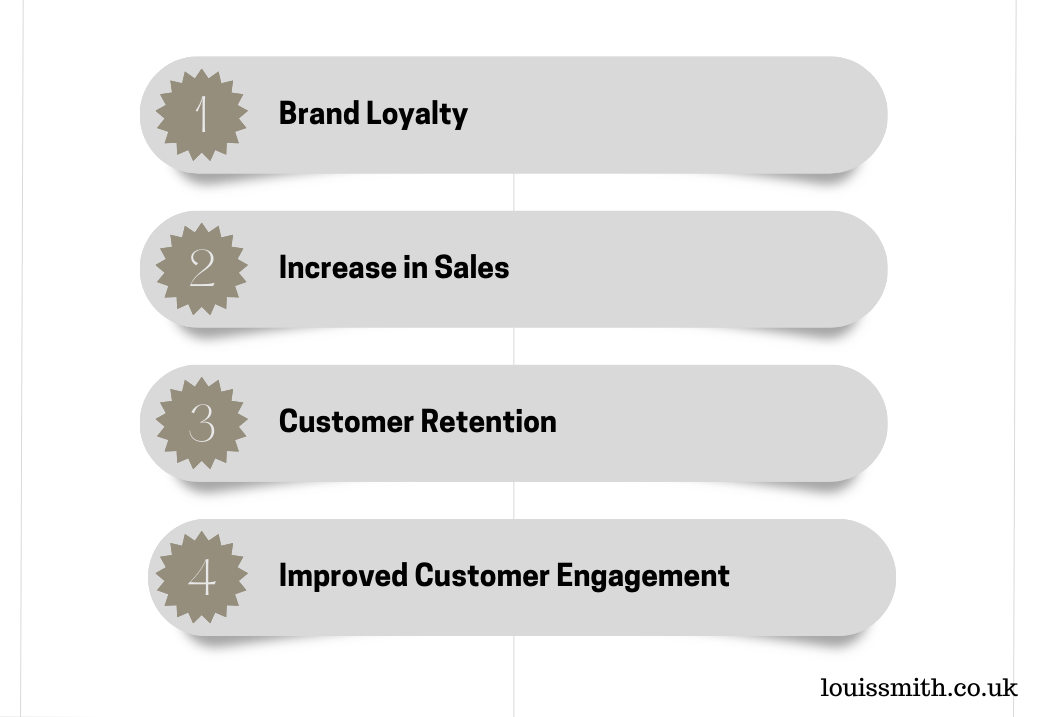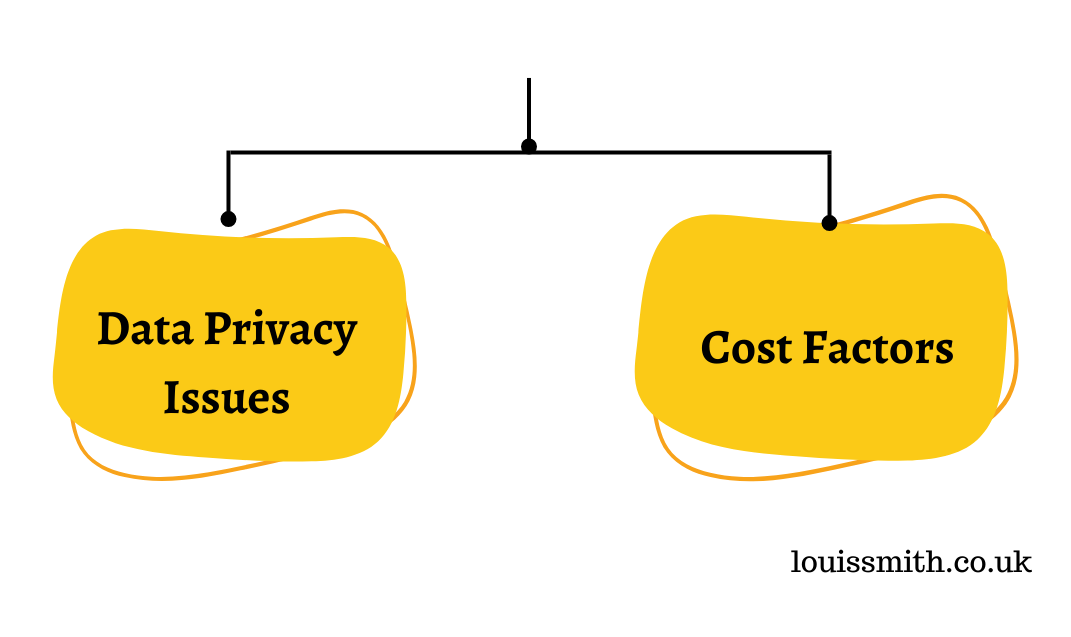How to Personalising Ecommerce Experiences For Your Customers
I can’t stress enough how important it is for companies to understand their customers and tailor their services to cater to individual preferences. And I am speaking from experience.
Personalisation not only improves customer engagement but also fosters loyalty and helps businesses gain a competitive edge.
Implementing successful personalisation techniques can seem very tasking or impossible. But by leveraging cutting-edge technologies like artificial intelligence (AI) and data analytics, businesses can transform their visitor’s online shopping experiences.
Over the years, I’ve witnessed various ecommerce businesses, both big and small, adopting innovative strategies to personalise their platforms.
In the next few paragraphs, we’ll explore some of these effective techniques (the ones I have used and what leading ecommerce firms across the globe use).
So, let’s dive in and see how you can make a positive impact on your customers’ online shopping experience.
Understanding Personalisation in Ecommerce
Personalisation means tailoring the online store’s content, product suggestions, and overall user experience to cater to individual users’ preferences and behaviours.
To achieve personalisation in your ecommerce business, you’ll primarily need to focus on data collection and analysis.
You will need to gather information like purchase history, browsing history, and demographic data. This will allow you to gain insights into my customers’ preferences and behaviours.
By utilising this data, you can create targeted promotions, offer personalised product recommendations, and customise the overall shopping experience for your customers. This, in turn, increases customer satisfaction and drives repeat sales.
Importance of Personalising Shopping Experiences

Online retailers achieve personalisation by dynamically serving content based on individual user demographics, browsing history, and other personal data. This, in turn, creates a unique experience for each shopper.
In today’s competitive market, customers have grown to expect and desire personalised experiences.
A majority of respondents in a survey want personalisation from retailers, and it’s even considered a “hygiene factor”, something customers take for granted.
Offering personalised shopping experiences increases conversion rates. 80% of consumers are more likely to buy from a company that provides a tailored experience.
Personalisation enables you to build long-term relationships with your customers, leading to repeat business and referrals.
Techniques for Personalising Ecommerce Experiences
Here are some techniques to create a more personalised shopping experience for your customers:

#1 Utilising Customer Data
By understanding customers’ preferences, you can tailor their experiences to make them feel valued. Some key data points include:
- Purchase history: You can Identify patterns in past purchases. This allows for informed product suggestions.
- Browsing behaviour: Analysing the time spent on your website and the pages visited can give insight into customer interests.
- Demographics: Knowing the age, gender, location, and other characteristics of your customers can help you create more relevant content and offers.
#2 Leveraging Artificial Intelligence
AI techniques like machine learning and natural language processing can greatly improve personalisation:
- Segmentation: AI can automatically group your customers based on shared traits. This will help with sending targeted messages.
- Predictive analytics: This feature allows for the identification of trends and insights. You can use this to enhance customers’ shopping experience.
#3 Use of Personalised Recommendations
Offering personalised product recommendations is one way to ensure your customers find what they’re looking for:
- Similar items: If your customer enjoys product A, they may also enjoy product B, which shares similar features.
- Frequently bought together: This suggestion is based on complementary items that previous customers have purchased in the same transaction.
- Items viewed but not purchased: Reminding your customers of products they’ve browsed but haven’t bought can motivate them to reconsider.
#4 Implementing Personalised Marketing Campaigns
I like to engage with customers via email, social media, or even on the website through personalised campaigns:
- Targeted promotions: This includes offering exclusive discounts and special offers to specific customer segments.
- Drip campaigns: This involves following up with your customers at different stages of their buying journey with tailored communication.
- Localisation: It basically means ensuring adverts and messages are tailored to the geographic location of your customers. This adds a personal touch to things.
Benefits of Personalising Ecommerce Experiences

#1 Improved Customer Engagement
In my experience, personalisation is an excellent way to build a deeper connection with customers.
By offering tailored content and product recommendations, customers feel more engaged and interested in what you have to offer.
This enhances their overall shopping experience, leading to a more satisfying interaction with your online store.
#2 Increase in Sales
Personalising ecommerce experiences can translate into an increase in sales and revenue. When customers see products that are specifically catered to their preferences, they are more likely to make a purchase.
By taking the time to understand and cater to the unique needs of each customer, you can potentially boost sales and grow your business.
Read also – Ecommerce Product Page SEO and CRO Checklist
#3 Customer Retention
One of the key benefits of personalising ecommerce experiences is the ability to retain existing customers. it’s a lot of work facing a saturated market and struggling to capture new consumers.
But, by focusing on providing a personalised experience to your current customers, you can keep them coming back. This reduces the need for costly and time-consuming customer acquisition strategies.
#4 Brand Loyalty
Also, personalisation can help you build a strong relationship with your customers. This creates a sense of brand loyalty.
By creating a shopping experience tailored to their preferences, customers feel valued and appreciated. This can, in turn, generate a sense of trust and commitment to your business.
This loyalty also leads to positive word-of-mouth marketing and referrals, helping your online store grow organically.
Challenges in Personalising Ecommerce Experiences

#1 Data Privacy Issues
First and foremost, a big concern for me is ensuring data privacy while collecting and utilising customer information.
To create personalised experiences, you need access to customers’ data. Because this is what allows you to understand their preferences and requirements.
However, with the introduction of privacy regulations like GDPR, you must be extremely cautious about how you handle customer information.
You have to balance between offering tailored experiences and respecting your customers’ privacy rights. Always ensure that the data is securely stored and managed..
#2 Cost Factors
Cost factors play a significant role in implementing personalisation strategies. As a business owner, you must be mindful of your budget and evaluate the return on investment (ROI) from personalisation efforts.
Advanced technologies and tools may come with substantial initial costs, along with ongoing maintenance expenses. Therefore, I mostly advise that you start with more cost-effective personalisation techniques.
This might not be as efficient as you desire, but it can help you stay within my financial limits while still offering some degree of personalisation to my customers.
Best Practices for Personalising Ecommerce Experiences

#1 An Omni-Channel Approach
The key ingredient to personalising your customer journey is adopting an omnichannel approach. This means providing a seamless experience across multiple platforms, from desktop to mobile devices. By integrating all touchpoints, it can enable you to cater to your customers’ unique preferences and facilitate their decision-making process.
#2 Quality Over Quantity
While it’s tempting to bombard customers with several product options, I’ve learned that focusing on quality over quantity is the key to success.
Offering meticulously curated, personalised recommendations based on individual needs and browsing history can create a stronger sense of connection.
This way, your customers feel seen and valued, leading to higher engagement rates and increased loyalty.
#3 Transparency and Trust Building
It is important to build trust through transparency.
For instance, using user-generated content across the funnel can help build credibility and showcase the diversity of your customer base. You can establish a sense of confidence in customers by being open about your business. And this will continue to strengthen your relationship over time.
Do you want to rocket your e-commerce business growth? Reach out to me today, and let’s discuss your business success.
Read next;
A Practical Guide to Improve Your SEO On Shopify
Optimizing Ecommerce Checkout Processes
Best Practices for Ecommerce Website Design
Strategies for Effective Cart Abandonment Recovery




